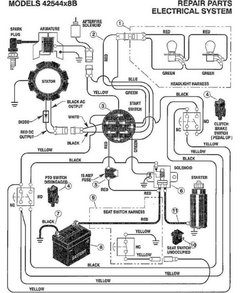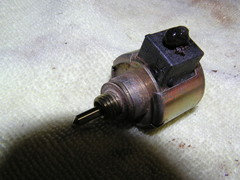My fuel solenoid just burned up!
mustangm
10 years ago
Featured Answer
Sort by:Oldest
Comments (18)
mownie
10 years agobill_kapaun
10 years agoRelated Professionals
Benbrook Landscape Architects & Landscape Designers · Harrison Landscape Architects & Landscape Designers · Simi Valley Landscape Architects & Landscape Designers · Westwood Landscape Contractors · Americus Landscape Contractors · Kaysville Landscape Contractors · Lewisville Landscape Contractors · Pueblo West Landscape Contractors · Shirley Landscape Contractors · View Park-Windsor Hills Landscape Contractors · Ferguson Landscape Contractors · Farragut Window Contractors · North Aurora Window Contractors · Spanaway Window Contractors · Portage Window Contractorsericwi
10 years agomustangm
10 years agomustangm
10 years agobill_kapaun
10 years agoericwi
10 years agomustangm
10 years agomownie
10 years agomownie
10 years agobill_kapaun
10 years agomustangm
10 years agobill_kapaun
10 years agomustangm
10 years agomustangm
10 years agomustangm
3 years agoJames Hyde
2 years ago
Related Stories

GARDENING AND LANDSCAPING7 Outdoor Fire Features Fuel the Soul
Spark some backyard bonding with a fireplace or fire pit, taking inspiration from these shining examples of great design
Full Story
LIVING ROOMSHow to Convert Your Wood-Burning Fireplace
Learn about inserts and other options for switching your fireplace from wood to gas or electric
Full Story
FIREPLACESUpdated Woodstoves Keep Home Fires Burning
Better technology means more efficiency than ever for modern woodstoves
Full Story
REMODELING GUIDESClean-Burning Woodstoves Ignite a Greener Heating Trend
No need to rely on oil or gas to heat your home — new woodstove designs burn cleanly and are beautiful to boot
Full Story
FALL GARDENING7 Reasons Not to Clean Up Your Fall Garden
Before you pluck and rake, consider wildlife, the health of your plants and your own right to relax
Full Story
FALL AND THANKSGIVINGSimple Pleasures: A Cozy Home in Cold Weather
Stock up on these treats and essentials to make even blustery days and snowed-in time feel special
Full Story
REMODELING GUIDES10 Design Features to Kick Your Remodel Up a Notch
You’ve done the legwork on your home renovation or new build. Now it’s time to plan your reward
Full Story
FIREPLACESDesign Workshop: Is an Ethanol Fireplace Right for You?
Learn the pros, cons, types, cost and more details about ethanol, or gel-fueled, fireplaces
Full Story
FIREPLACESFind a Fitting Place to Store Your Firewood
Fuel warm and snuggly nights at home by including a spot for logs in your fireplace design
Full Story
FIREPLACESRibbons of Fire: 10 Artfully Minimalist Fireplaces
Long and lean and sleek to the core, these gas-burning fireplaces make a powerful contemporary statement
Full StorySponsored









Zed Cartwright